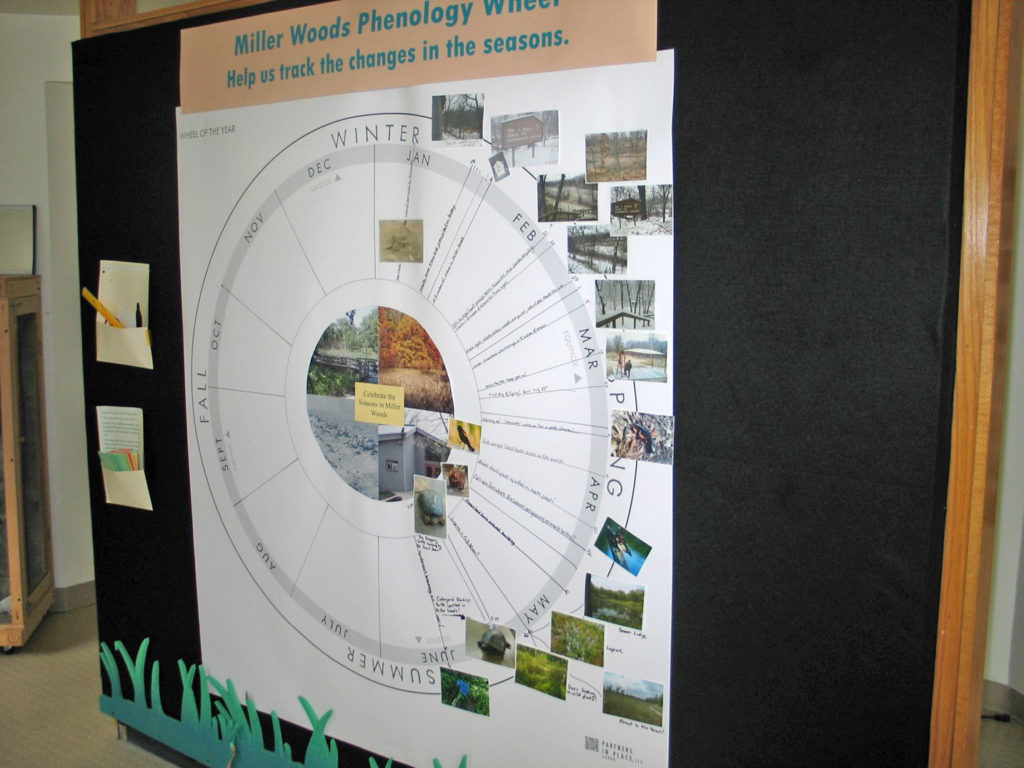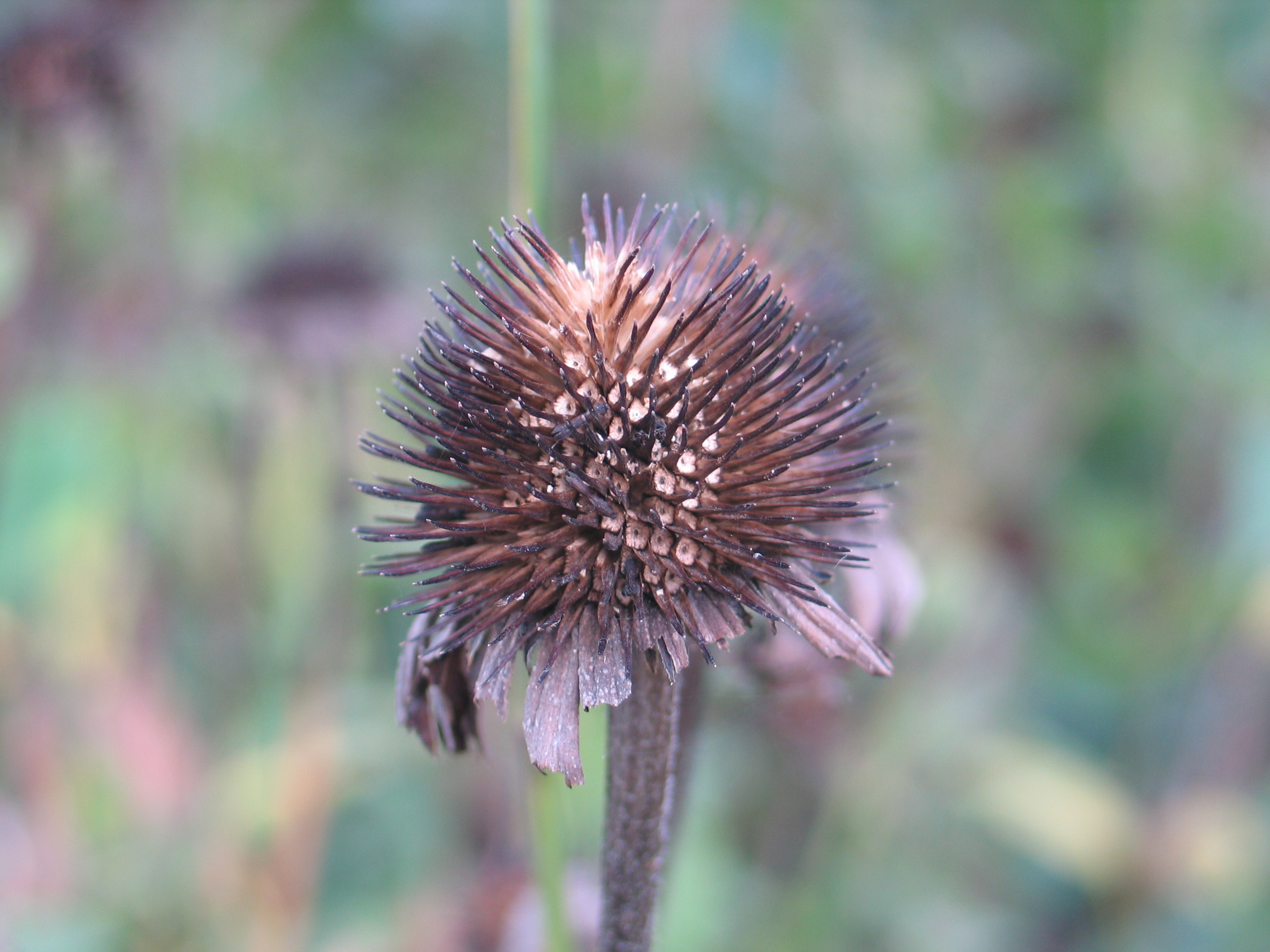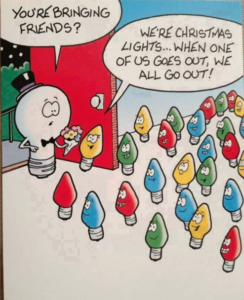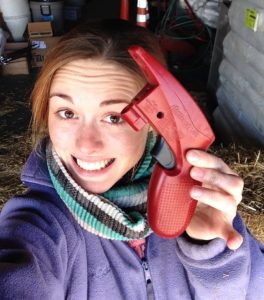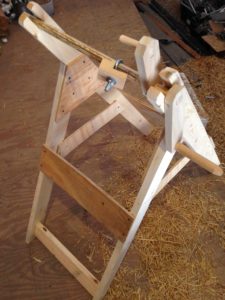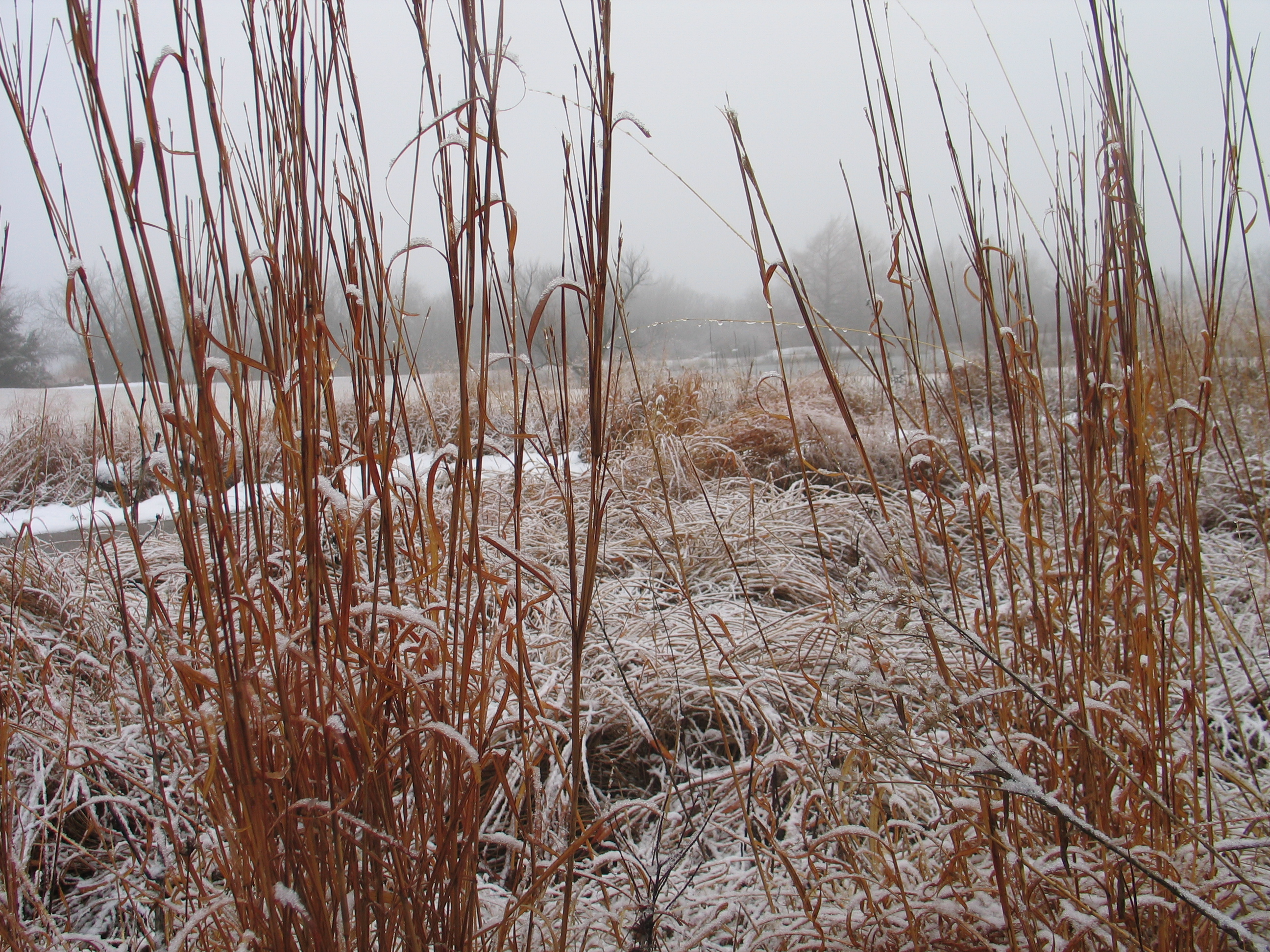We observed the winter solstice yesterday on December 21st. I shared my thoughts on this beloved time in a winter solstice blog post last year. Whether it is the rotation of distant planets, stars and moons around one another or the episodes of weather, plants and animals closer to home, observable natural cycles are abundant around us.
Phenology wheel – a collaborative nature journal
We will be focusing on the closer to home cycles for the coming calendar year at Dyck Arboretum of the Plains. Earlier this year I introduced the importance of “phenology” in a blog post. Now we are now ready to practice and enjoy this ritual in earnest over the coming year here on our grounds. We will be observing and documenting events related to weather, plants, and animals at Dyck Arboretum. With the help of visitors, we will record precipitation amounts, presence/absence of migrating bird species, notable events with other forms of wildlife, flowering and seeding of plants, and more.
We invite you to help us document these phenological events by recording your observations on a sheet in our Visitor Center entryway. At regular intervals, we will compile these observations and record them onto a large wall-mounted “phenology wheel”. The phenology wheel concept was created by Partners in Place, LLC. The idea has been promoted to teachers and students through our Earth Partnership for Schools Program here at Dyck Arboretum, and through the Earth Partnership Program founders at University of Wisconsin-Madison Arboretum. An example of what we have in mind was recently exhibited at the nature center for Indiana Dunes National Lakeshore.
Become a citizen scientist
So, help us fill up our very own phenology wheel in 2017 by activating your observational skills and recording your findings at Dyck Arboretum. Be observant, take photographs and share them with us, write descriptive notes, make drawings, bring in a leaf or flower if you’d like help with identification, note dates and weather conditions, and educate yourself by engaging with the natural world around you. Through your citizen science observations in 2017 and the display of this Dyck Arboretum phenology wheel, we will all benefit from your findings.

Burr oak through the seasons phenology wheel (Partners in Place, LLC).

